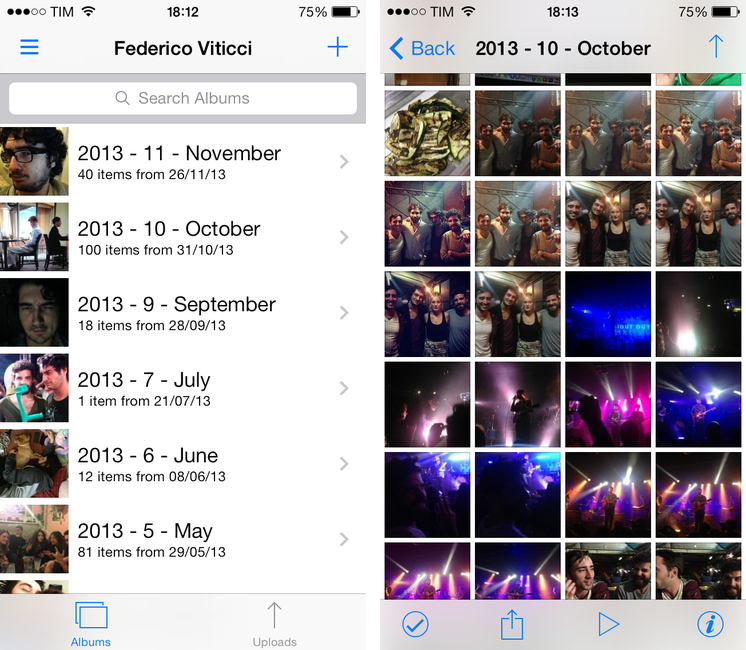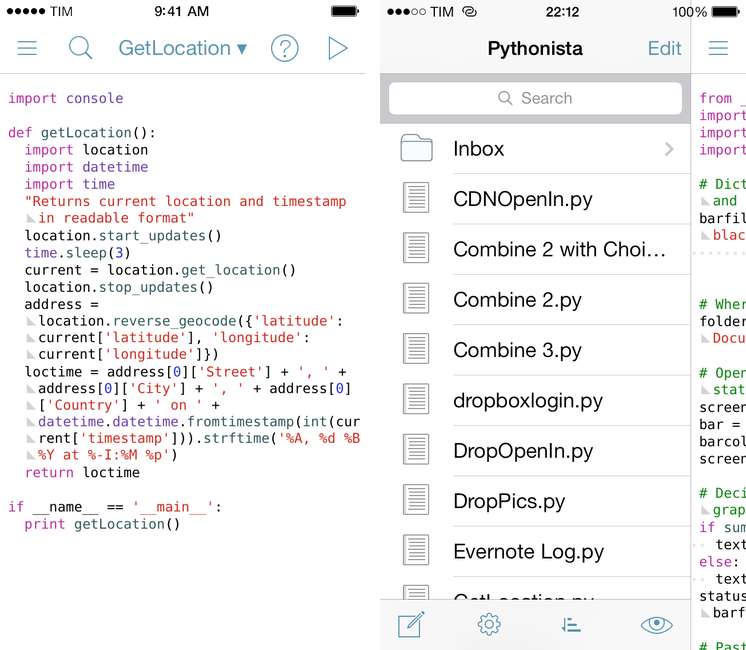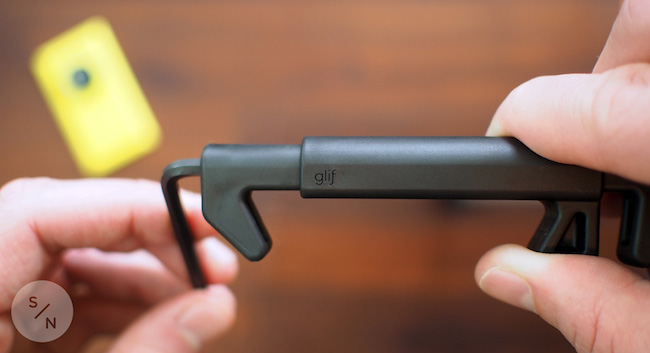I’ve been keeping my photos in Dropbox for over a year now. I’ve remained loyal to a folder structure that organizes photos in years and months (Bradley would be proud of me) and I still use Hazel and CameraSync to upload my photos. While I’ve been happy with the uploading/organizing process of this photo backup workflow, the experience of browsing photos was never great. And I’d rather not talk about my brief, emotionally intense, and ultimately sad affair with Everpix.
Unbound by Pixite is a photo viewer for people who keep their photos in Dropbox. Unlike recent App Store trends, it comes as separate purchases for the iPhone and iPad priced at $2.99. The app is built for iOS 7, and it comes with viewing and sharing features that, right now, make it my best option to browse photos I’m storing on Dropbox. Read more




